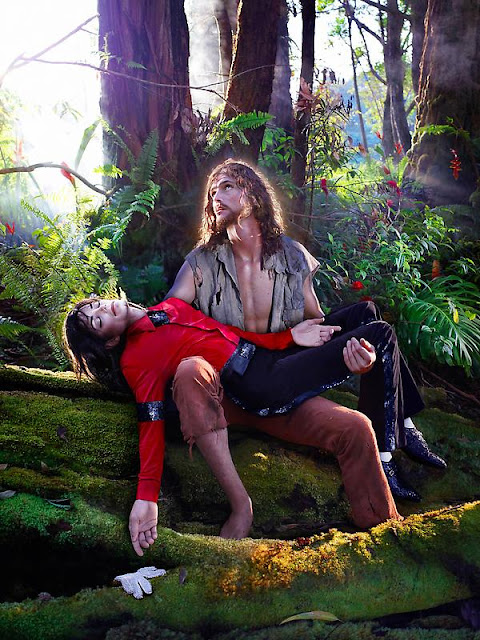I have come to love his work through his ability to create different worlds within his pictures. He does this mainly through his photographic and artistic abilities, with only some computer enhancement (contrary to popular belief). His work is not always admired but will most likely be studied and referred to in years to come. I doubt he will ever get the recognition he deserves in his life time, but may like his mentor Andy Warhol and the many great artists before him get it after he has gone.
 |
| 'The Rape of Africa', 2010 |





